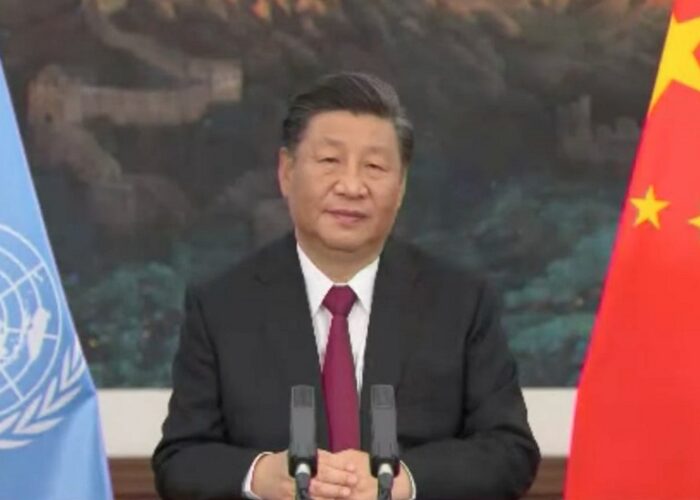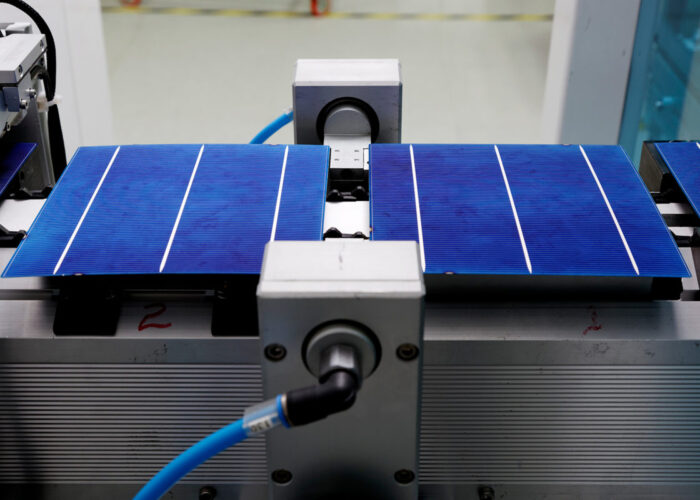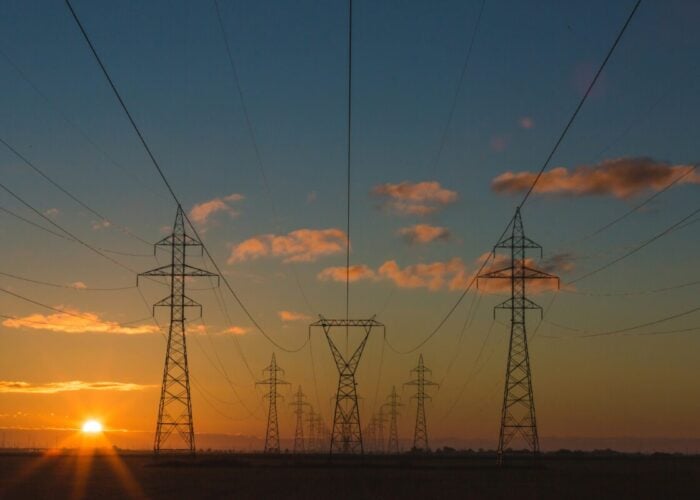The news today that HelioVolt – one of the few remaining custodians of US based PV manufacturing – will cease operations is terrible news for the 100-plus employees that have been working hard at HelioVolt to advance PV manufacturing in the US.
But, at a time when the blame on US manufacturing seems to get pointed at the Chinese pricing, the statistics – in terms of the efforts in the US to get some kind of PV manufacturing base – are not good.
Try Premium for just $1
- Full premium access for the first month at only $1
- Converts to an annual rate after 30 days unless cancelled
- Cancel anytime during the trial period
Premium Benefits
- Expert industry analysis and interviews
- Digital access to PV Tech Power journal
- Exclusive event discounts
Or get the full Premium subscription right away
Or continue reading this article for free
The US gambled on thin-film investments big time. This gamble was government-backed, VC-supported, and included almost every R&D resource available in the US. The strategy goes back to the 1970s (mostly with a-Si), but it is the past half-dozen years – largely with CIGS – that will be remembered the most.
There were about 18 firms in the US that sought to be global leaders in CIGS manufacturing a few years ago. Fourteen have exited the industry and two have been acquired by Chinese state-backed Hanergy.
With HelioVolt becoming number 14 to go (and noting that Hanergy is Chinese) this leaves only two. Neither of these has ramped up to mass production and each is looking for new investments.
Going back a few years ago, it was the success of these 18 CIGS firms that was meant to be the catalyst to Made-in-the-US, and supplying to the growing US solar PV market. Like every other country growing a domestic market, the US was no different. It wanted to have the supply meeting domestic demand. However, the gamble didn’t work.
As a consequence, the US needs imported PV panels – whatever anyone says about global PV pricing or about whether other countries (that equally wanted domestic manufacturing) did (or did not do) to support their local manufacturers.
Sadly, the future looks ever more gloomy for US based manufacturing. And while some seek to lay the blame at global pricing, much of the issues come down to technology-choice and trying to shift R&D into manufacturing at very high risk. Even when modules were well above US$1/watt, the US based thin-film sector was crumbling.
First Solar is, of course, the only real winner in the history of US thin-film investments, although it is interesting to note that Solar Frontier can also track its R&D heritage to activity in the US over 10 years ago. These companies have manufacturing in Southeast Asia and Japan, not the US, so it is not a great help to any American PV dream.
Therefore, while it is clearly a massive disappointment for those seeking to differentiate from c-Si based dominance in the industry, there is a stronger message here today regarding the US solar industry and how its gamble to generate a domestic CIGS manufacturing base has now all but died.







